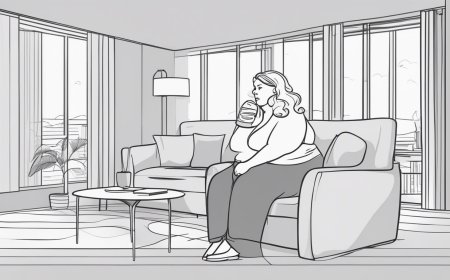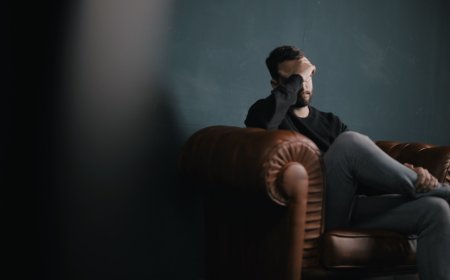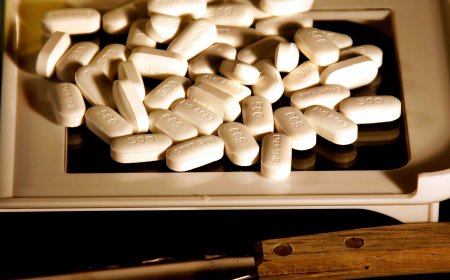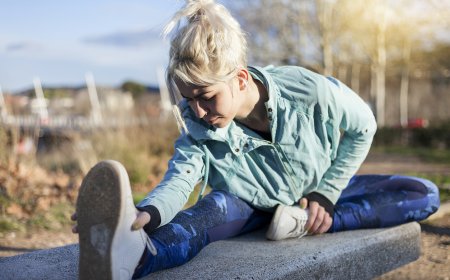Dual Representation Theory: A Scientific Perspective on Trauma Processing
The world of the Dual Representation Theory and its profound implications in understanding trauma. A scientific exploration into how memories shape our traumatic experiences and the healing process.

Trauma Meets Dual Theory: A Journey into Understanding Traumatic Memories
Trauma is a word we hear a lot. But do we really know how trauma affects our brain? Science gives us some answers. One big idea is the "Dual Representation Theory." It's a fancy name, but it tells us a lot about how we remember hard times.
What is Dual Representation Theory?
At its core, the Dual Representation Theory talks about how our brain stores memories. It says we have two types of memories when something bad happens. One type is called "VAM" or Verbally Accessible Memory. This is the memory we can talk about. It's like telling a friend about a car crash we saw.
The second type is "SAM" or Situationally Accessible Memory. This memory is more about feelings. It's not easy to talk about. Using the car crash example, SAM is the fast heartbeat we get when we see a car like the one that crashed.
How Does This Theory Connect to Trauma?
Traumas, like accidents or other bad events, create strong memories. Because of the Dual Representation Theory, we know these memories are stored in two ways - VAM and SAM.
When someone feels safe, they can talk about their trauma (VAM). But in some places or situations that remind them of the trauma, the feelings (SAM) can come back strong. They might feel scared or sad even if they're safe now.
The Crucial Role of Dual Representation Theory in Healing
The profound understanding of how trauma impacts our memory systems, especially when seen through the lens of the Dual Representation Theory, has monumental implications for the therapeutic world and the journey of healing for many. Let's delve deeper into the science behind this and its practical applications.
The Science of Memory and Trauma:
Memories are not just records of past events; they form the backbone of our identity and influence our reactions to present and future situations. Traumatic events can disrupt the usual process of memory encoding and storage. Instead of being safely tucked away, these memories remain vivid, often painfully so.
The Dual Representation Theory posits that traumatic memories create both Verbally Accessible Memories (VAM) and Situationally Accessible Memories (SAM). VAMs are logical, narrative, and can be verbalized or shared, while SAMs are visceral, emotion-driven, and often triggered by specific cues or situations reminiscent of the trauma.
The Practical Implications for Healing:
1. Therapeutic Approaches and VAM: A practical application of the Dual Representation Theory is seen in talk therapies, where individuals are encouraged to verbalize their traumatic experiences. This process utilizes the VAM system. By constructing a coherent narrative of their trauma, individuals can contextualize the event, reducing its emotional charge. Cognitive Behavioral Therapy (CBT), for instance, helps individuals reframe negative thought patterns associated with their VAMs into healthier, positive ones.
2. Tackling SAM in Therapy: Therapies like Exposure Therapy and Eye Movement Desensitization and Reprocessing (EMDR) are designed to address the SAM system. In these therapies, individuals confront and reprocess their traumatic memories in a safe environment. Over time, this helps in reducing the emotional response when faced with triggering situations.
3. Grounding Techniques for SAM: Outside the therapist's room, those who understand their trauma in terms of SAM can employ grounding techniques when they encounter triggers. Techniques such as deep breathing, tactile engagement like holding onto an object, or using mindfulness can help divert the mind from a reactive SAM response, bringing the individual back to the present moment.
4. Real-life Example: Consider a soldier returning from combat. Hearing fireworks might trigger a SAM response – a flood of emotions and a vivid re-experience of the battlefield. By understanding this response, he can proactively choose to engage in grounding techniques during fireworks or even discuss his experiences (tapping into VAM) with a support group, reducing the power of that triggering sound over time.
Science Keeps Helping Us
The Dual Representation Theory is just one way science helps us understand trauma. By learning more, we can find better ways to help people who have faced hard times. Remember, trauma might be tough, but with the right tools and knowledge, healing is possible.
So next time you hear about trauma and science, think of the Dual Representation Theory. It's one more way we're learning to make life better for everyone.
Disclaimer: The image(s) featured in this article are for illustrative purposes only and may not directly depict the specific concepts, situations, or individuals discussed in the content. Their purpose is to enhance the reader's understanding and visual experience. Please do not interpret the images as literal representations of the topics addressed.
What's Your Reaction?











































































































